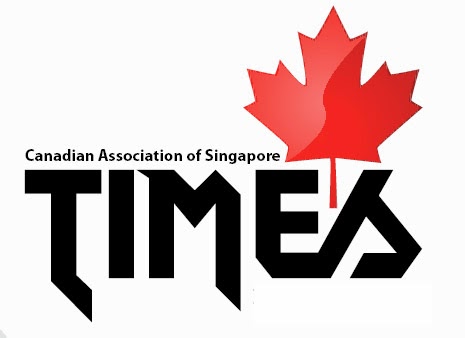We
have heard of the old adage, “Prevention is better than cure”. When it comes to
oral
health, this advice rings true - It’s about preventing and detecting early
symptoms of dental problems.
People
do not usually see the need to visit a dentist unless they are in pain. However,
some serious dental problems can be silent and not cause any discomfort until a
critical stage.
What
happens during a dental check-up:
- The dentist will do a consultation and perform a thorough examination of your dental condition
- Any cracks, decay or wear and tear to the teeth will be assessed
- Your gums will be checked to see if they hug around the teeth firmly
- An X-ray will be taken as and when advised by the dentist, to help detect hidden problems which are unseen with the naked eye (rest assured, advances in technology have resulted in digital x-rays being much safer, and much more detailed than before)
Remember the 3 Rules of 2s to keep
your teeth in their best shape:
- Visit your dentist regularly, twice a year,
- Brush your teeth at least twice a day, and
- Brush your teeth for at least two minutes each time.
To find out more about common dental
issues visit our FAQ page at http://bit.ly/VCHNIb
****************
· Specialist Dental Group is a corporate
sponsor of the Canadian Association of Singapore (CAS). CAS members enjoy a
special rate for dental services. For details, send an enquiry via
www.specialistdentalgroup.com or call 6733 7883




